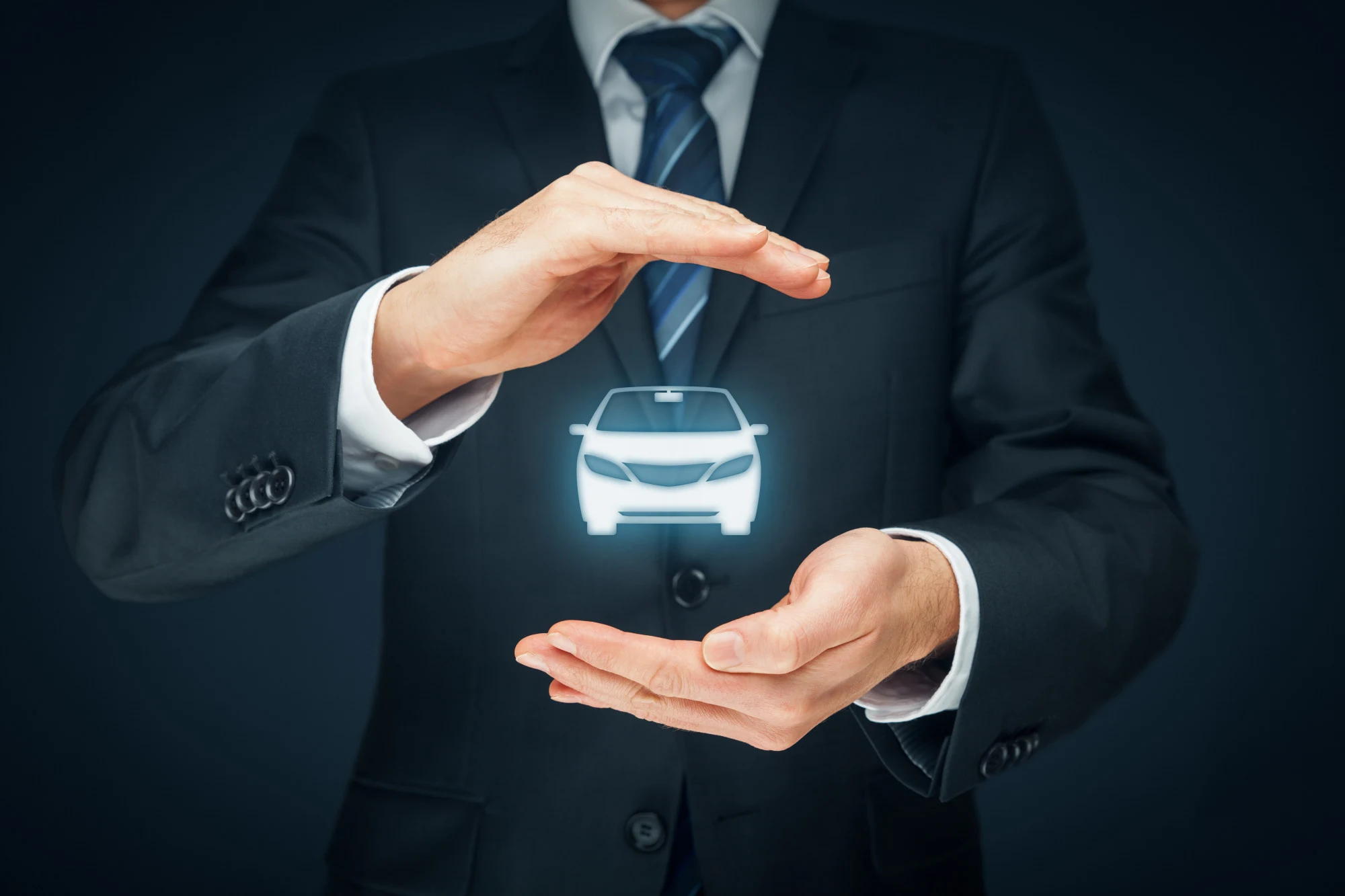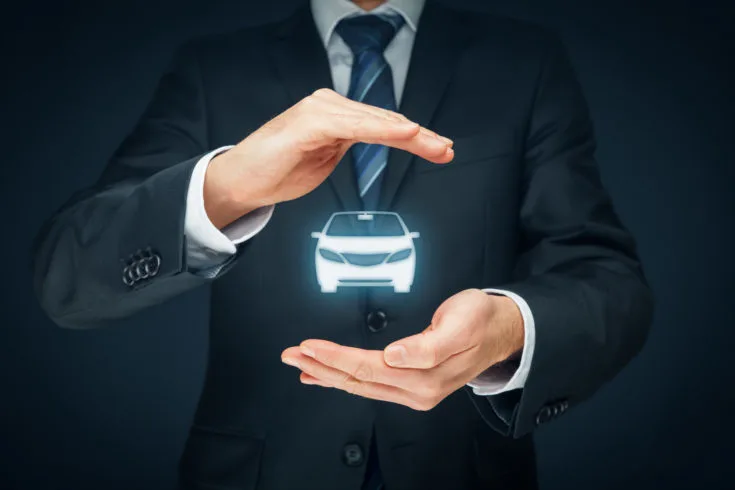Disclosure: This post may contain affiliate links, meaning we get a commission if you decide to make a purchase through our links, at no cost to you. Please read our disclosure for more info.
You're buying a car – how exciting! You've even picked the car you want and have approval for an auto loan. You're done, right?
Not quite.
You still have to buy insurance for the car and this is the step that leaves many people confused. After all, there are all kinds of auto insurance types to choose from. How in the world do you know which ones to get?
If you're feeling confused and uncertain right now, we can help you learn about nine different types of coverage you can choose from and we can help you decide which types are best for you.
Keep reading to learn more about choosing the best insurance coverage types for your new car purchase.
In This Post:
1. Liability-Only
The most affordable type of coverage you can buy is liability-only coverage. Liability does not protect your car if you cause a collision but it does protect you financially.
If you cause a collision, your liability coverage pays for damages to the party you collided with. Without it, you'd have to pay the damages yourself.
The other key trait of liability coverage is that it's the type of coverage states require within the rules for minimum coverage. In other words, you can't drive without it.
2. Collision
Now, if you want protection for your own car, you'd probably want to add collision coverage. Collision protects your car if you are the person who causes an accident.
If you plan on having a loan on the car you're buying, your lender will require that you carry certain coverage types, and collision is one of these.
If you don't have a loan, having collision coverage is still a good option to add – unless you prefer paying the repairs out of your own pocket if you wreck your car.
When people talk about having full-coverage insurance, they generally mean that they have collision coverage.
3. Comprehensive
Full-coverage insurance also generally includes having comprehensive coverage. The unique aspect of comprehensive is that it protects you from perils that are mostly unrelated to driving.
- If hail causes dings in the finish of your car, comprehensive covers the costs of repairs.
- If someone breaks into your car and steals things, comprehensive covers the damages and loss.
- If a tree branch breaks and lands on your car, comprehensive covers the body repairs your car would need.
Comprehensive coverage is another type you'd have if you chose a full-coverage insurance policy.
4. Uninsured and Underinsured
13% of people driving on the roads do not have the required auto insurance their states mandate. If one of these drivers collided with you, you'd likely have problems collecting money from him or her for repairs.
This is why you need uninsured motorist coverage. It protects you when an uninsured driver collides with you.
Underinsured motorist coverage is similar but protects you in a situation when a driver has insurance but doesn't have enough.
5. Rental Car
Rental car coverage is a completely optional form of protection you can add but is highly recommended. Learn more about the options through your car rental company website. The main purpose is to compensate you for the costs of renting a car if you are in a collision and don't have a car because it's in the shop getting fixed.
6. Gap
For anyone purchasing a brand-new car, gap coverage is a necessity. To understand how it works, you'll need to understand how car depreciation works.
The instant you buy a car, it loses value. In fact, after just one month of owning a new car, it may lose 10% of its value. If you compare that to the amount you pay off your loan in the first month, you'll see a big difference.
You cannot pay off a car fast enough, if you follow your payment schedule, to cover the loss of depreciation a car experiences.
If you end up in a collision within the first few months, or even the first few years, of owning your car, you'll probably owe more money on the car than what it's worth. If so, gap coverage pays the difference (AKA – the gap) instead of requiring you to pay it.
7. Roadside Assistance
Roadside assistance is another add-on you can choose. The basics of this coverage is to offer compensation and help to you if you run into a problem with your car while you're out.
If you run out of gas, get a flat tire, or have a dead battery, you can contact your roadside assistance company for help. Not only will someone show up to help you, but your insurance coverage would pay part of the bill.
8. Non-Owners
Now, let me explain a type of auto insurance coverage many people do not know about. It's called non-owner coverage.
Let's say you don't own a car but want or need auto insurance coverage. You could buy a non-owners policy in this situation.
People purchase this coverage if they borrow cars often or if they have a need to carry auto insurance at a time when they don't have a car themselves.
9. SR-22
Finally, you might be interested in learning about the various types of SR 22 insurance. SR 22 is a form that proves insurance coverage and is generally needed for high-risk drivers.
If you get a DUI or too many traffic violations, the state may require that you buy an SR 22 plan if you want to keep your driver's license.
There are four main types of SR 22 insurance, and you'd want to make sure you choose the right type for your needs. Choosing the wrong type may not offer you the protection you need or may cost you more than it should.
Choosing the Right Options From All These Kinds of Auto Insurance
Going without insurance is never a good move but buying types of insurance you don't need is also not a wise choice. So, where do you stand now? Do you feel like you have a better understanding about these nine kinds of auto insurance?
If you still have questions or want to learn more about these types of coverage, check out the rest of our blog for more information about other car insurance coverage options and ways to save money on car insurance and other expenses you have.


